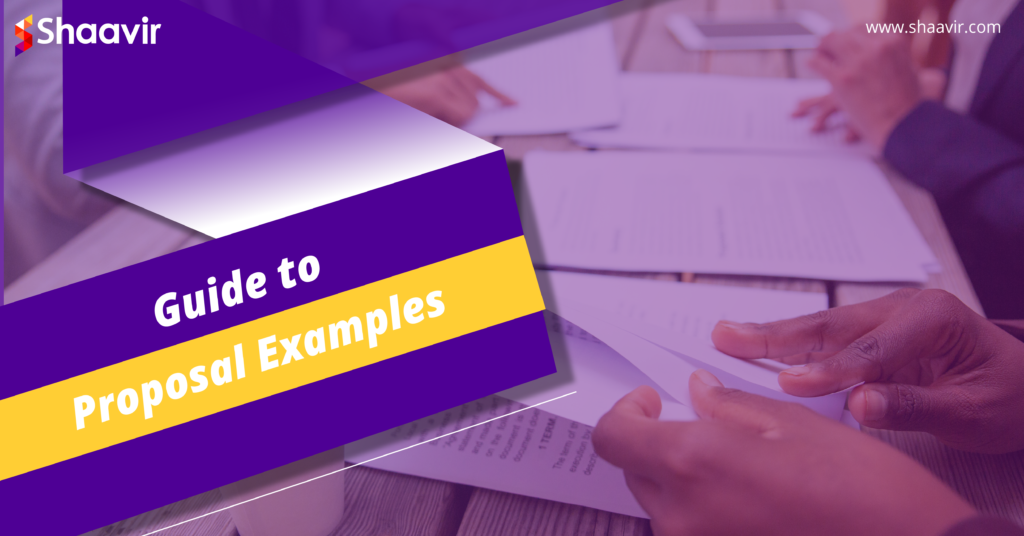In the fast-paced world of business and academia, effective proposal writing is a skill that can propel you toward success. Whether you’re seeking funding, project approval, or partnerships, a well-crafted proposal is your key to making a compelling case. In this guide, we’ll explore the critical elements of successful proposals, providing examples and insights to help you create impactful documents.
1. Title Page Magic: Begin your proposal with a captivating title page. Ensure it includes key information such as the proposal’s title, your name, and the date. A clear and concise title page not only sets the stage but also enhances your proposal’s professionalism.
2. Executive Summary Excellence: Craft a concise yet informative executive summary. This section should encapsulate the essence of your proposal, providing a snapshot of your objectives, methodology, and expected outcomes. Think of it as a trailer for your proposal, enticing readers to delve deeper.
3. Introduction Intricacy: The introduction is your chance to grab the reader’s attention. Clearly define your proposal’s purpose and set the tone for what follows. A well-crafted introduction creates a positive first impression and encourages continued engagement.
4. Objectives Clarity: Clearly outline your proposal’s objectives. Be specific and measurable, ensuring that readers understand the tangible outcomes you aim to achieve. This not only adds credibility to your proposal but also facilitates easier evaluation.
5. Methodology Mastery: Detail the steps you’ll take to achieve your objectives. Include timelines, required resources, and collaboration efforts. A well-defined methodology showcases your planning skills and enhances the feasibility of your proposal.
6. Budget and Resources Breakdown: Provide a detailed breakdown of the financial aspects of your proposal. Transparency in budgeting instills confidence in stakeholders, and a clear resource outline demonstrates your preparedness for implementation.
7. Results and Benefits Showcase: Highlight the anticipated outcomes and benefits of your proposal. Paint a vivid picture of the positive impact your project will have, emphasizing its value to stakeholders. This section is crucial for convincing decision-makers of the proposal’s worth.
8. Conclusion and Next Steps: Wrap up your proposal by summarizing key points and issuing a clear call to action. Whether it’s approval, funding, or collaboration, guide readers on the next steps, leaving no room for ambiguity.
By following this comprehensive guide, you’ll not only create compelling proposals but also boost their visibility through effective SEO strategies. Keep your content relevant, engaging, and regularly updated to ensure your proposal examples rank high on Google and other search engines, maximizing their reach and impact. Elevate your proposal game, unlock opportunities, and propel yourself toward success!
